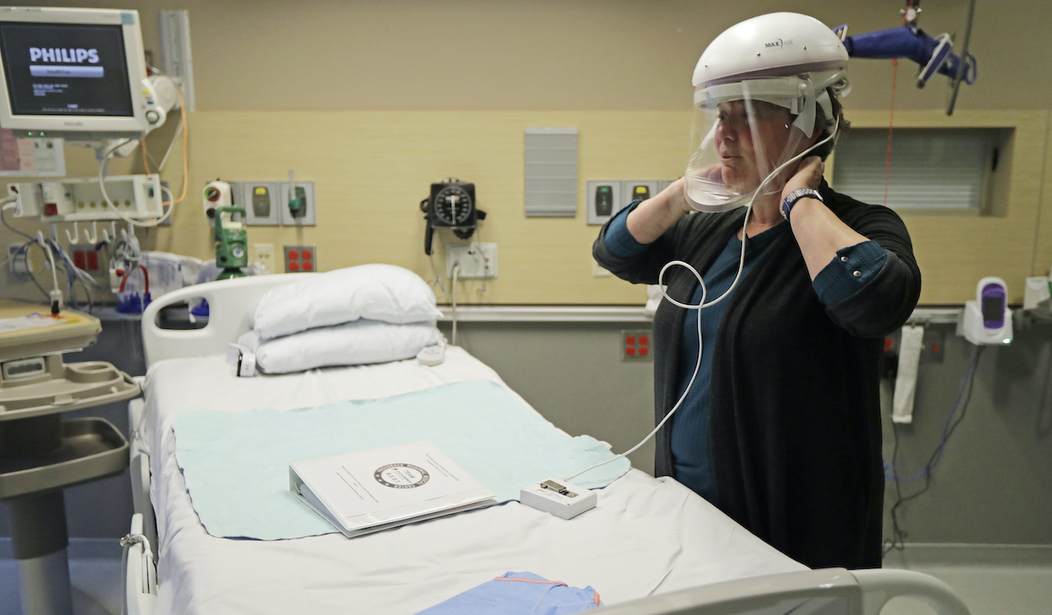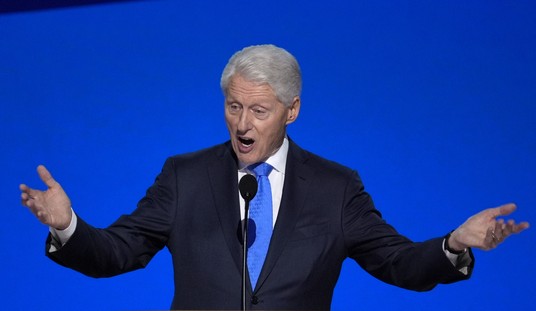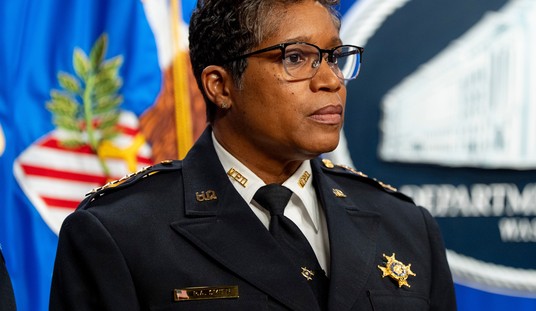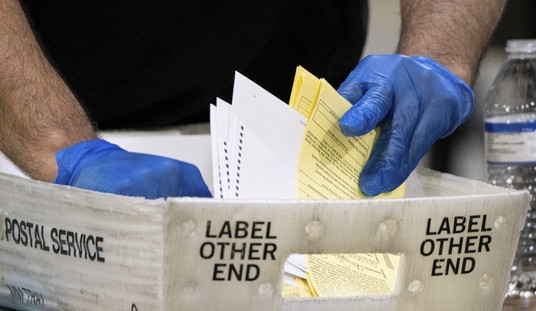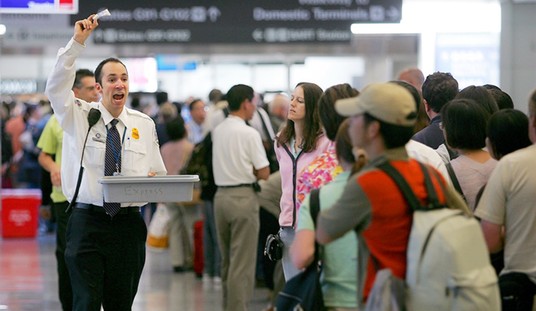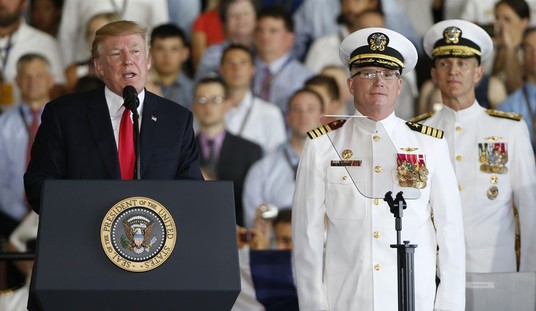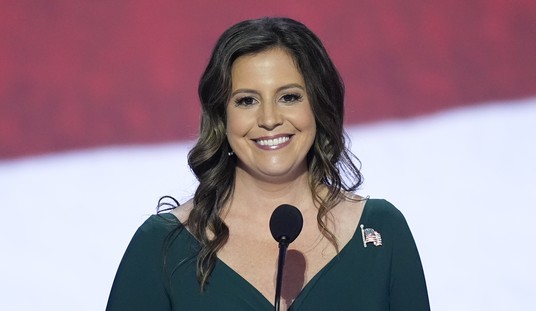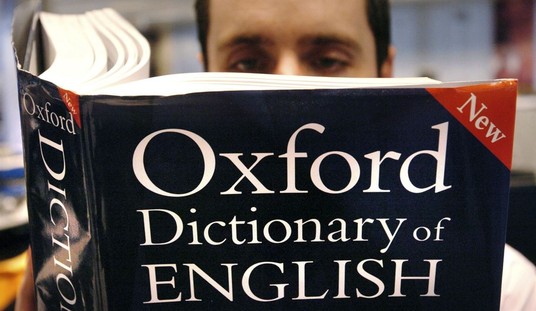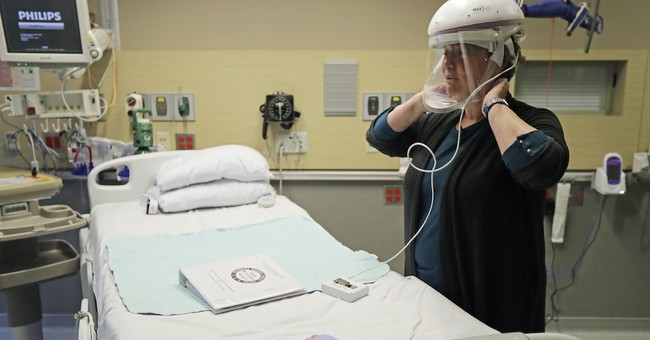
The focus of the medical community on the current crisis has created an unintended, but highly dangerous, state of affairs for Americans with health issues other than COVID-19.
On March 13, President Trump declared a National Emergency and the U.S. medical community cleared the decks to make room for the expected influx of COVID patients.
The Centers for Medicare & Medicaid Services (CMS), a federal agency within the U. S. Department of Health and Human Services, issued a press release to announce that all elective surgeries, non-essential medical, surgical and dental procedures should be delayed to preserve personal protective equipment, beds and ventilators during the COVID outbreak. CMS Administrator Seema Verma, wrote, “The reality is clear and the stakes are high: We need to preserve personal protective equipment for those on the front lines of this fight…Our actions allow hospitals to reserve beds for the most severely ill patients by discharging those who are less severely ill to skilled nursing facilities.”
Most states and many hospitals followed the lead of the CMS and announced they were postponing “nonessential” procedures and surgery as well.
Earlier this month, Morning Consult spoke to James Phillips, an ER doctor at George Washington University. He told them, “There’s going to be a tremendous number of people who die from COVID-19 who never get infected with SARS-CoV-2. The country has a remarkable amount of resources, but there is a limit, and when we reach that limit, you’re gonna see a lot of people not getting routine care.”
Dr. Scott Atlas, the former neuroradiology chief at Stanford University Medical Center, wrote an op-ed (which I posted about here) in which he said that people are dying to accommodate “potential” COVID-19 patients. Atlas writes:
This has prevented diagnoses of life-threatening diseases, like cancer screening, biopsies of tumors now undiscovered and potentially deadly brain aneurysms. Treatments, including emergency care, for the most serious illnesses were also missed. Cancer patients deferred chemotherapy. An estimated 80 percent of brain surgery cases were skipped. Acute stroke and heart attack patients missed their only chances for treatment, some dying and many now facing permanent disability.
Non-COVID patient are dying because of circumstances created or exacerbated by the crisis. I read the story of a young man in his early 30s who was experiencing a “severe pain crisis, the hallmark of sickle cell disease. He was brought to an emergency room in Chicago utterly overwhelmed with COVID patients, where he died waiting for care that could have saved his life.”
Another reason why many Americans with serious medical issues are not being seen by doctors is their fear of contracting COVID from the medical facility, office or hospital where they would receive treatment. Dr. Atlas says that critical health care for millions of Americans is being ignored and as a result, patients are dying.
Here is an account of a middle age woman, whose “blood pressure readings are all over the place. Her heart rate is fluctuating wildly. After struggling with heart failure and coronary artery disease for 15 years, undergoing a double bypass, and living with an implanted pacemaker and defibrillator, she knows her numbers aren’t good. She’s really worried. But fears about infection with the novel coronavirus, and a terrifying recent experience in an emergency room, have her steadfastly refusing to return to the hospital…At what point do I think it’s OK to go to the ER? I just don’t know. If there were no COVID, there’s no question I’d go.”
Statnews reports:
A survey of nine major hospitals earlier this month showed the number of severe heart attacks being treated in U.S hospitals had dropped by nearly 40% since the novel coronavirus took hold in March, leaving cardiologists worried about a second wave of deaths caused indirectly by Covid-19: patients so afraid to enter hospitals that they are dying at home or waiting so long to seek care that they’re going to suffer massive damage to their hearts or brains. Some call it “a virus of fear.”
They spoke to Dr. Martha Gulati, chief of cardiology at the University of Arizona who said, “The whole community is discussing this, asking where are all of our patients? There’s nothing we’ve done overnight that has cured heart disease.” She added, “Others are coming in so late, that some are presenting with massively damaged hearts, including heart muscles that have ruptured. That was something I’d only seen before in textbooks, to study for exam questions. Now we’re seeing those cases because people are putting off care.”
Mitchell S.V. Elkind, an attending neurologist at NewYork-Presbyterian, told Statnews that as busy as they’ve been with COVID patients, the hospital’s “stroke unit has been oddly quiet. Our stroke service is smaller by about half. People with stroke symptoms really need to know they should come in for treatment immediately to limit brain damage and the risk of permanent paralysis. We have a limited time window and we know time is brain.”

